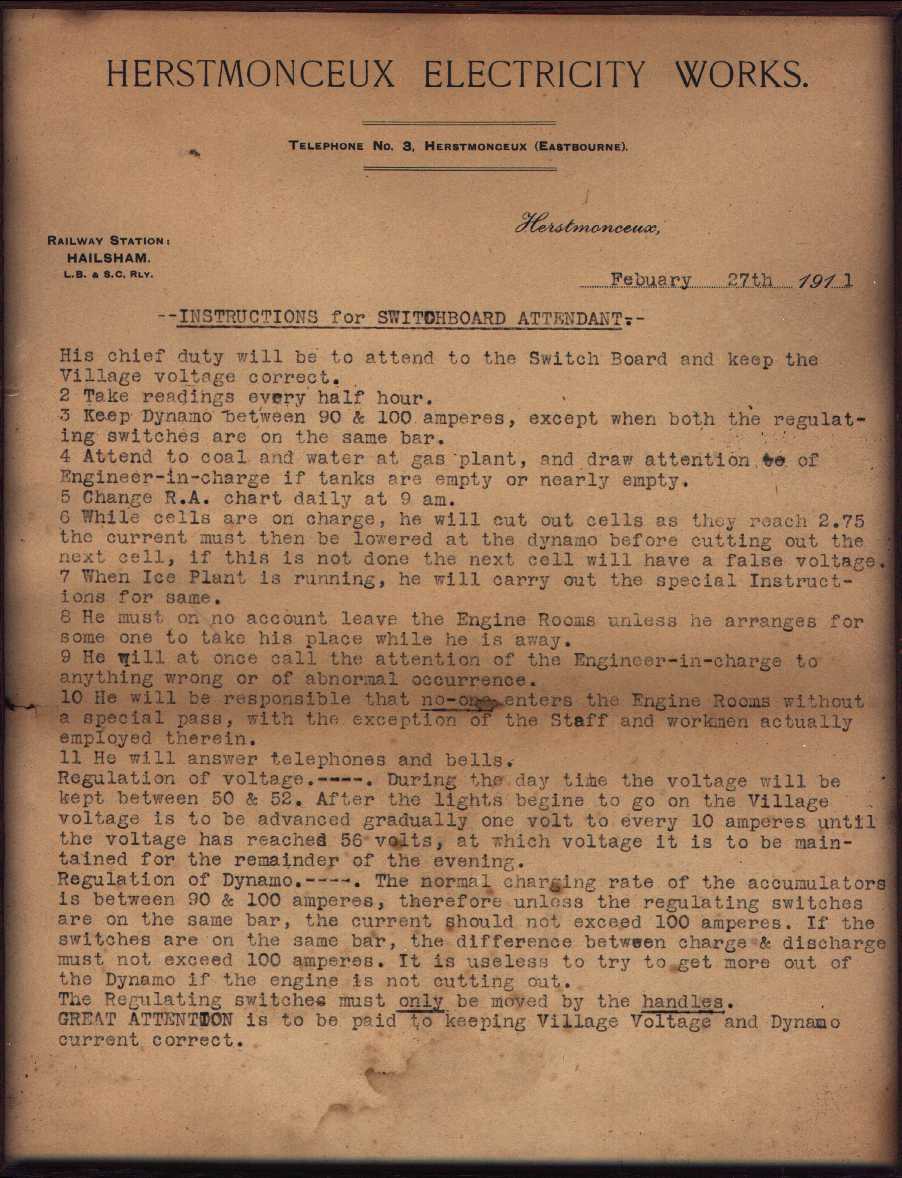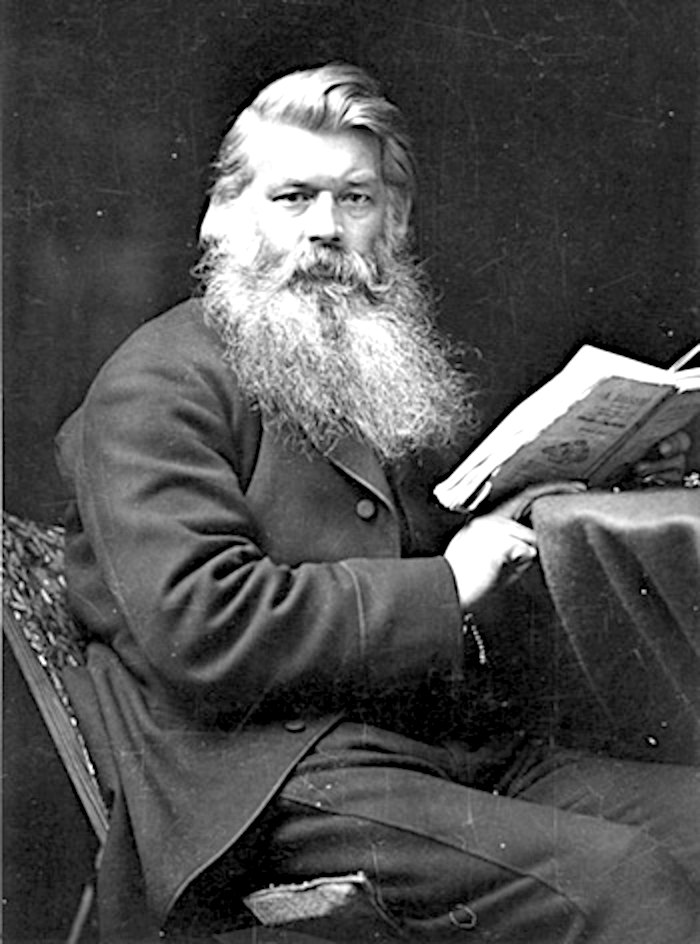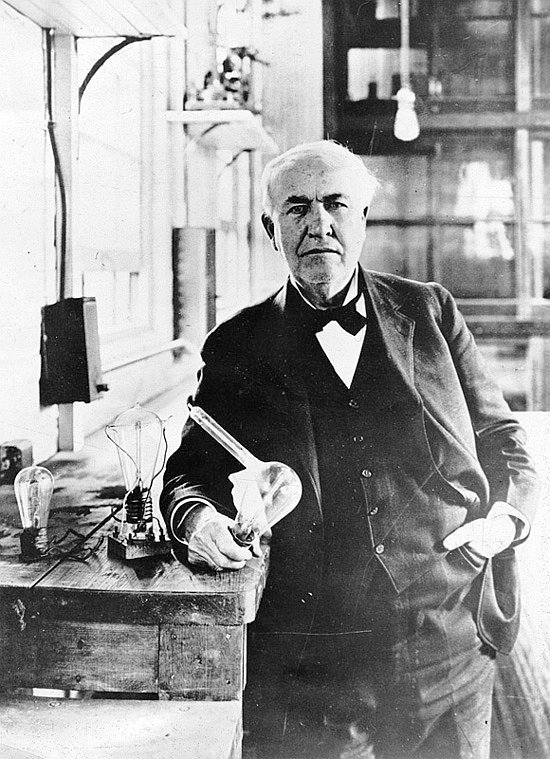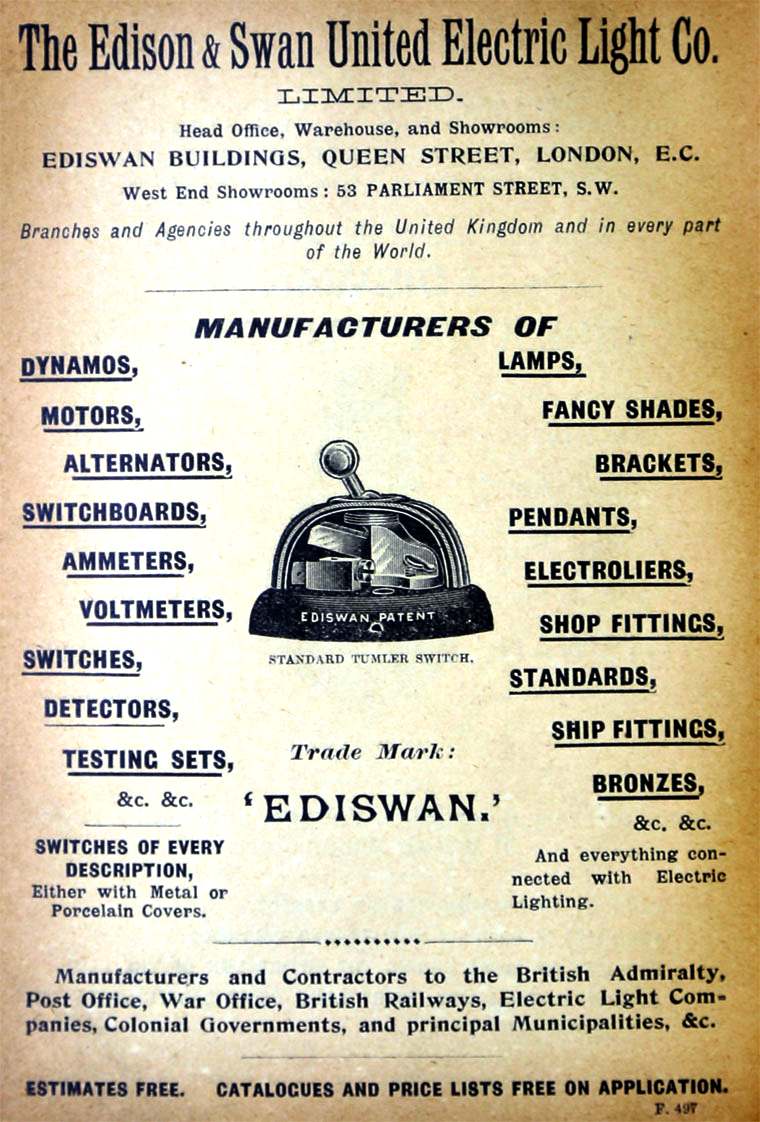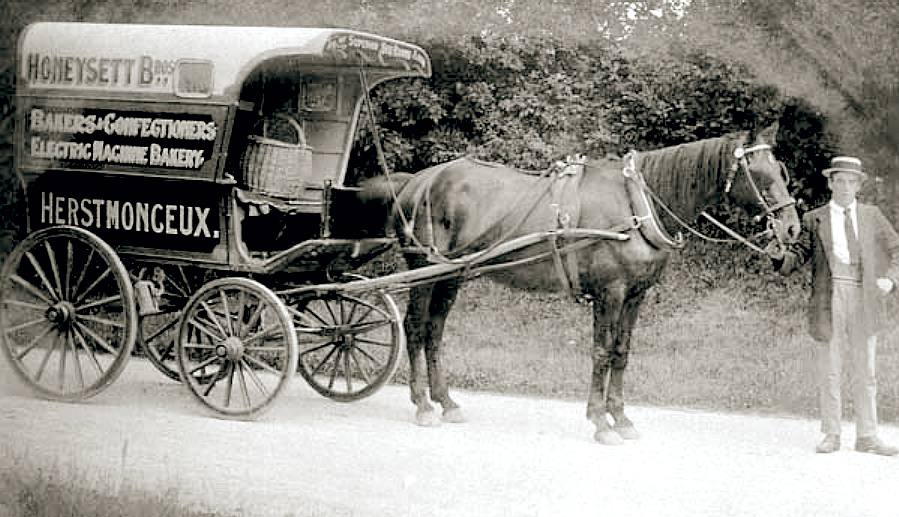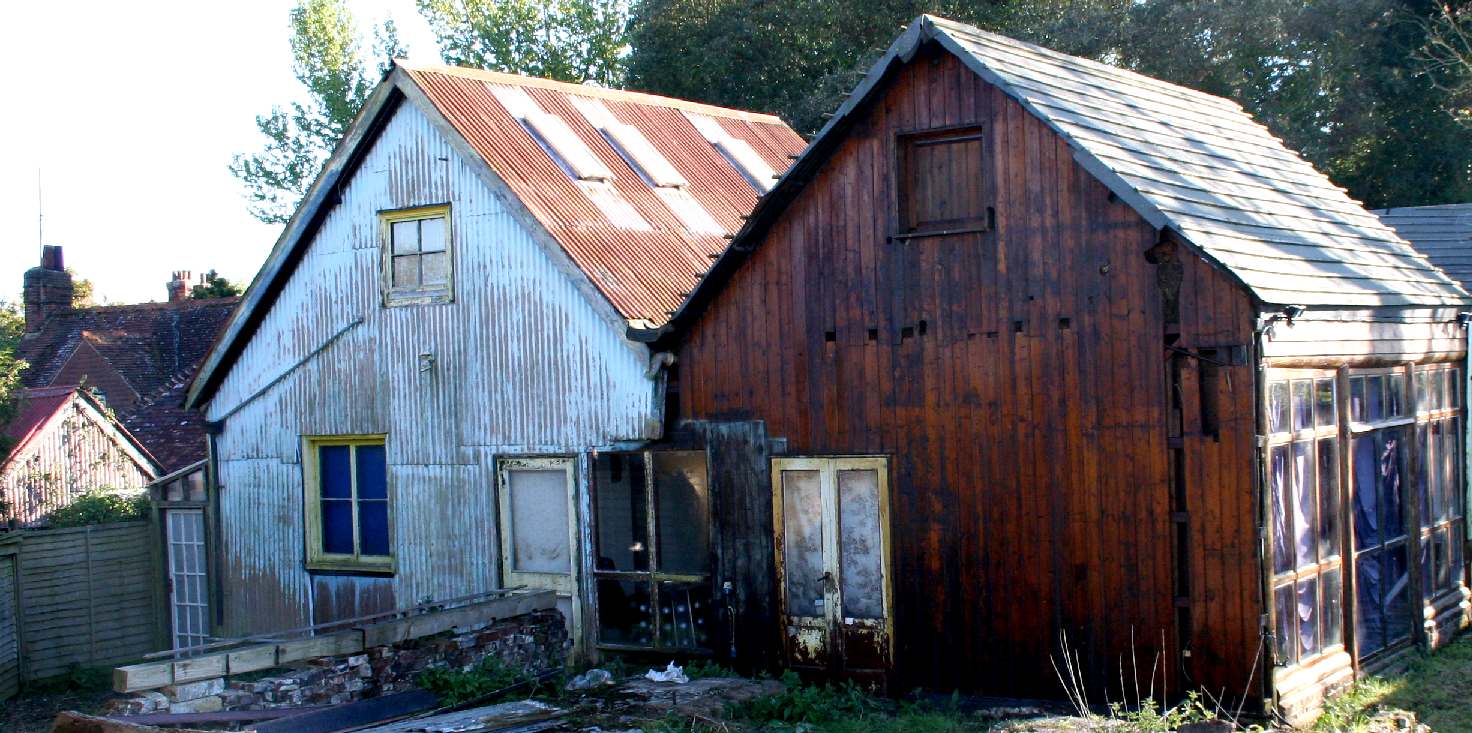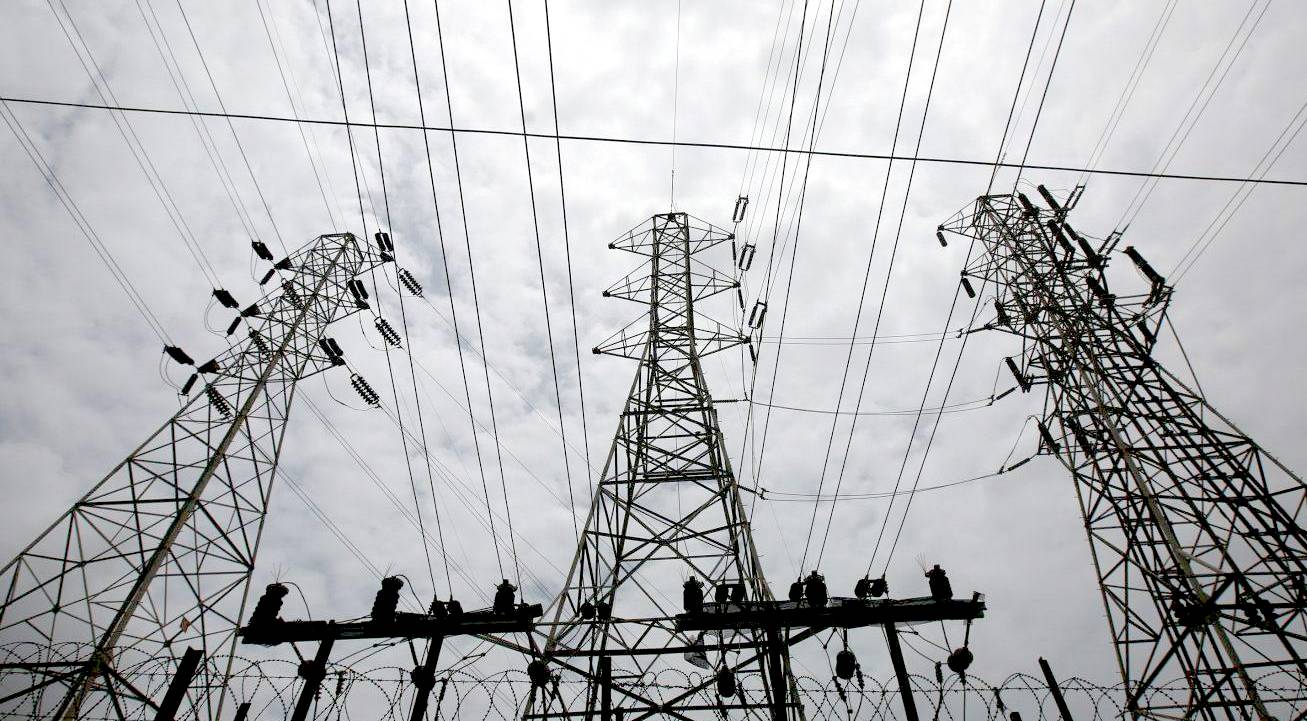|
HISTORIC ENGLAND - (ENGLISH HERITAGE)
Please use our A-Z to navigate this site where page links may lead to other sites, or see HOME
|
|
|
2018 - The extant generating buildings are seen here in 2018, having been re-roofed as per the original, retaining the skylights that were opened via pulleys to keep the generating machinery cool. Much work is needed to conserve this valuable heritage asset, which, at the time of writing in July 2022, has no reasonable or beneficial use, such as to generate an income for maintenance and restorations. This is a prerequisite for any conservation project, with the duty to act to conserve the historic built environment laid fairly and squarely at the door of the local authority. The building is thus vulnerable, at risk, and in need of protection. According to a Report from 1999, one range is missing in this picture, now partly re-instated.
Most people would agree that when it comes to recognising and assessing more recent industrial archeology, that Historic England, formerly English Heritage, is some distance behind the curve.
HERSTMONCEUX 1911 - Charles de Roemer was a mover and shaker at the turn of the century, over 120 years ago, when he installed a small building on his estate, to provide electricity for his manor house in Lime Park. Some years later, by 1909, he expanded his generating works with a battery store, coal bunker and gas producing plant, to provide electricity under a field using cables, to the village, where in 1913 he was giving cooking demonstrations in the village hall, using electricity.
Why is that?
This is mainly because developing technology, that which has been recently improved on, or with the realization that technology employed in days gone by that was thought to be an oddity, is in fact vital to the future of electrification in an age transitioning to renewables, from fossil fuels.
COMPETITORS & EVENTUAL PARTNERS - It is painful to cast aspersions on the reputation of one of America's heroes, but Thomas Edison, who patented his bulb in 1879, improved on a design that British inventor Joseph Swan had patented 10 years earlier. Improvement patents, are however, still significant inventive steps and legitimate development, and Edison made filament lamps more practical, by increasing the resistance, to overcome the huge currents that would otherwise have been needed to yield light.
One cannot expect an archaeologist with formal training, to keep up with current trends, or future needs of the electrical industry.
This heritage asset at Herstmonceux remains extant (at present culturally unprotected) as evidence of human endeavour, hence could be a UNESCO world heritage site at some time in the future. We understand that Lime Park Heritage Trust, is doing its utmost, in difficult circumstances, to protect this unique find. It would be a shame to lose it. Once it's gone, it's gone.
SWITCHES & BULBS - Where would we be without electric lighting. A battle royal ensued in the law courts and Thomas Edison and Joseph Swan slogged it out in the London High Court, ending with the combatants working together as the Edison & Swan United Electric Light Co. ELECTRIC BAKERY - The earliest surviving generating station, dating from C. 1900, with battery based load levelling as the core technology, coupled to a 48 volt DC generator, is in the little village of Herstmonceux, Sussex.
MAY 2012 - Following an epic legal and planning battle, that lasted from 1981 until 2017, before entering a cold-war stage, and is still the subject of long overdue data corrections, this is what the generating buildings looked like about ten years ago. All the while local politicians and planning civil servants played down the importance of preserving archaeological evidence, these important remains, evidence of the coming of the age of electricity, were virtually derelict, hardly appealing to the eye or historians as a time capsule, of a bygone age. It was just lucky that during World War Two, Charles de Roemer and others in Lime Park, had covered the original timber buildings in corrugated iron as protection from bombing raids. It is thought that this covering helped to preserve the wooden frame and match-boarding. Mr de Roemer also installed a concrete bomb shelter, built into a hillside, as part of his preparations during hostilities - no doubt using his experience in the Royal Field Artillery and Air Force, to make sure that his beloved electrical enterprise remained.
The electrical power generation industry began when light bulbs and other devices that needed reliable energy supplies were invented. Telephones and televisions all needed electricity.
Please use our A-Z INDEX to navigate this site
This website is provided on a free basis to promote zero emission transport from renewable energy in Europe and Internationally. Copyright © Universal Smart Batteries and Climate Change Trust 2022. Solar Studios, BN271RF, United Kingdom.
|

